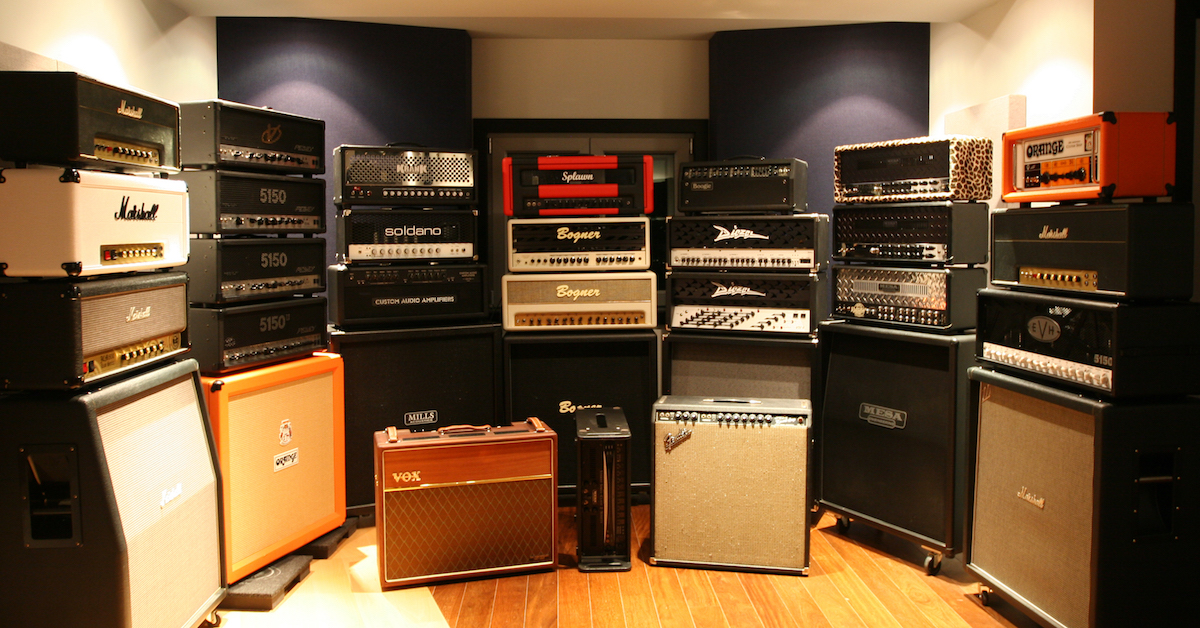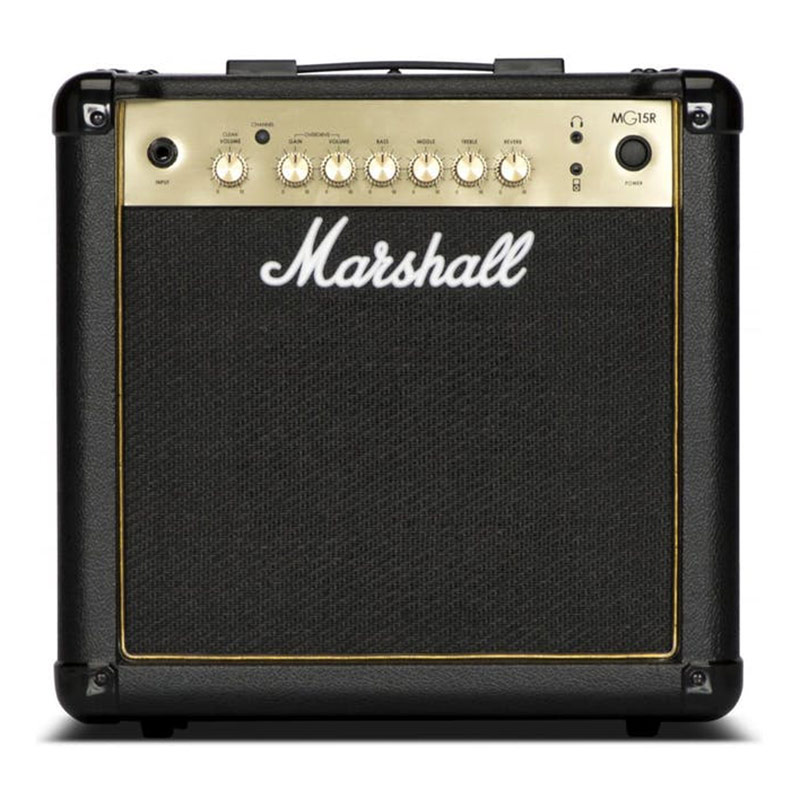
More on these later… Tube amps vs modeling ampsĪs well as the more traditional job of amplifying a signal, many amps now include in-built effects. Certain tubes sit naturally with certain types of tone – like the EL84s used in many Orange Amps models, for example – while the number of 12AX7 pre-amp valves will dictate how much of that creamy gain you can layer up.Īway from the sound itself, you may see features like recording outputs, output switches which allow you to ‘tame’ a louder amp, and effects loops. Tube amp users will want to pay attention to the type, and number, of tubes used to create the tone. Often, you’ll find reverb, whether physical in the form of spring, or digitally modelled. Most amps will include some kind of tone stack, which allows the user to accentuate the bass, middle and treble of their tone. That’s not to say all amps are simple though. Fender’s Pro Junior series, for example, has only a volume and a tone control, but has been a steadfast part of Fender’s line-up since it was introduced in 1993.

The technology used in tube amps has been around for over a century, and on its own is capable of producing superb sound without a tonne of extra functionality.

The best desktop guitar amps you can buy today.These are ideal for recording, and can offer a plethora of different amp styles to choose from, but lack the tactile experience of a hardware amplifier. Many modern multi-effects or software packages, like IK Multimedia’s superb Amplitube series, offer essentially software versions of the amplification process.

This gives the advantage of being able to mix and match heads and cabs to create unique sounds, but does add an extra layer of gear – and potential cost – to your rig.Īnother type of amp is growing in popularity the amp sim. In a combo amp, this entire process happens within a single unit, making them extremely convenient.Īmp heads, on the other hand, conduct only the tone shaping and amplification and require a separate speaker cabinet to output the sound. But first, how do guitar amps work? Well, they taking the electrical signal from your guitar pickups, feeding it through an electronic circuit where the tone is ‘shaped’, then amplifying it before driving it towards your chosen speakers. Typically, amplifiers tend to fall into two categories combo amps, or amp heads.


 0 kommentar(er)
0 kommentar(er)
